Indian cooking is a beautiful fusion of technique, tradition, and time-tested methods. Among the countless skills that shape the flavour of Indian dishes, the role of cookware is often underestimated. Yet, the shape of the pan determines how your masala roasts, how steam escapes, how heat distributes, and ultimately, how your curry tastes.
Whether you’re preparing a rich kadai paneer, a slow-simmered mutton curry, or a home-style bhindi masala, choosing the right pan shape can dramatically elevate your cooking results. In this guide, we explore in depth the best pan shapes for cooking Indian-style bhuna and gravy dishes, with references to high-performing cookware options from Meyer.
Table of Contents
- 1. Why Pan Shape Matters in Indian Cooking
- 2. The Best Pan Shapes for Bhuna and Gravy Dishes
- 3. Sauté Pan: Ideal for Restaurant-Style Gravies and Heavy Masala Dishes
- 4. Deep Casserole or Dutch Oven: Best for Slow-Cooked Gravies and Dum Dishes
- 5. Deep Frypan or Skillet: Great for Semi-Dry Masala Dishes
- 6. Which Pan Shape Is Best for Bhuna?
- 7. Which Pan Should You Buy First?
- 8. Conclusion
Why Pan Shape Matters in Indian Cooking
Indian cuisine relies heavily on three key cooking techniques, all of which depend on how your pan interacts with heat and moisture:
1. Bhuna (Roasting the Masala)
This is the foundational process in Indian cooking, where onions, garlic, ginger, tomatoes, and spices are roasted until they release oils, deepen in colour, and develop intense flavour. A pan with a wide surface area is essential here, allowing moisture to evaporate quickly.
2. Formation of Gravy
Once the masala is roasted, liquids like stock, water, yoghurt, or cream are added. Here, a stable simmer and even heat distribution are critical. The pan should retain heat without burning the base.
3. Slow Cooking or Simmering
Dishes like dal makhani, lamb curry, or rajma require slow, steady cooking. A pan with high sides and a heavy bottom ensures consistent heat and prevents scorching.
Because these three stages are such an integral part of Indian cooking, the pan’s shape can make a remarkable difference.
The Best Pan Shapes for Bhuna and Gravy Dishes
Below is a detailed breakdown of the most efficient pan designs, why they work, and which dishes they suit best.
Kadhai (Wok-Style Pan): The All-Time Best for Bhuna Masala
The traditional Indian kadhai is exceptional for bhuna-based dishes due to its design and heat distribution.
Design Advantages
- Wide opening promotes fast moisture evaporation
- Curved walls allow masala to gather in the centre for even roasting
- High walls reduce spills and splatter
- Heavy base prevents scorching of spices
Performance Strengths
Perfect for:
- Bhuna chicken
- Kadai paneer
- Masala vegetables
- Egg curry
- Bhindi masala
- Aloo masala
A kadhai is essential for high-heat cooking and everyday Indian meals.
Meyer Recommendation
Meyer Cast Iron Kadai or Meyer Pre-Seasoned 30cm Cast Iron 2-In-1 Kadai & Griddle
Both provide excellent heat retention and authentic bhuna texture.
Meyer Cast iron Frypan single handle, 22cm
Sauté Pan: Ideal for Restaurant-Style Gravies and Heavy Masala Dishes
A sauté pan offers a perfect balance between wide-bottom cooking and tall, straight walls, making it ideal for both bhuna and gravy formation.
Design Advantages
-
Large flat base ensures uniform browning of onions and spices
-
Straight sides promote controlled simmering
-
Excellent for reducing gravy without splashing
-
Conducts heat evenly for consistent cooking
Performance Strengths
Great for:
-
Paneer lababdar
-
Butter chicken
-
Navratan korma
-
Thick onion-tomato gravies
-
Rogan josh
Meyer Recommendation
Meyer Stainless Steel Sauté Pan (Nickel-Free)
Provides toxin-free cooking and superior heat uniformity for masala-heavy dishes.
Deep Casserole or Dutch Oven: Best for Slow-Cooked Gravies and Dum Dishes
For slow simmering, stewing, and dum-style cooking, a deep casserole is unmatched.
Design Advantages
- High walls prevent overflow in liquid-based dishes
- Heavy base protects masala during long cooking
- Ideal for layering and trapping steam
Performance Strengths
Perfect for:
- Rajma
- Chole
- Chicken curry
- Dal makhani
- Mutton curry
- Biryani
This shape ensures flavour is infused deeply into the dish through slow, steady heat.
Our Recommendation
Meyer Cast Iron Casserole or Meyer Accent Stainless Steel Stockpot (6.5 L)
Both enhance flavour and cooking efficiency during long-simmering preparations.
Deep Frypan or Skillet: Great for Semi-Dry Masala Dishes
Although not ideal for large-volume gravies, frypans offer excellent performance for quick bhuna and dry dishes.
Design Advantages
- Wide, shallow shape ensures rapid moisture reduction
- Sloped edges allow easy stirring
- Suitable for high-heat searing
Performance Strengths
Great for:
-
Pepper chicken
-
Ghee roast
-
Masala prawns
-
Aloo jeera
-
Spicy mushroom fry
Meyer Recommendation
Meyer Hard Anodized Deep Frypan
Retains heat and is perfect for achieving crispy, flavourful masalas.
Which Pan Shape Is Best for Bhuna?
The top choices are:
-
Kadhai (for everyday bhuna)
-
Sauté pan (for heavy, restaurant-style bhuna)
Both offer excellent moisture reduction, heat control, and masala roasting ability.
Which Pan Shape Works Best for Gravy Dishes?
For gravy dishes:
- Sauté pan → best for thick gravies
- Deep casserole → best for long-simmered gravies
Which Pan Should You Buy First?
If you must pick only one:
Choose a heavy-bottomed kadhai, as it covers both bhuna and daily gravy cooking.
But for best results, a combination offers the most versatility:
- Kadhai + Sauté Pan
- Sauté Pan + Casserole
- Frypan + Kadhai
Conclusion
Cooking Indian-style bhuna and gravy dishes requires more than good ingredients and recipes—the cookware you use plays a defining role in determining flavour, texture, and aroma. The shape of your pan controls how the masala roasts, how quickly moisture evaporates, and how evenly heat circulates.
A kadhai gives unmatched performance for everyday bhuna and semi-dry sabzis, a sauté pan helps you achieve smooth, restaurant-style gravies, and a deep casserole or Dutch oven supports long-simmered dishes with remarkable depth.
By selecting thoughtfully designed cookware—such as Meyer’s cast iron kadais, sauté pans, and stainless steel stockpots—you set a strong foundation for richer flavours, more consistent results, and a more enjoyable cooking experience. The right pan shape doesn’t just cook your food; it elevates it, helping you unlock the full potential of Indian cooking techniques.


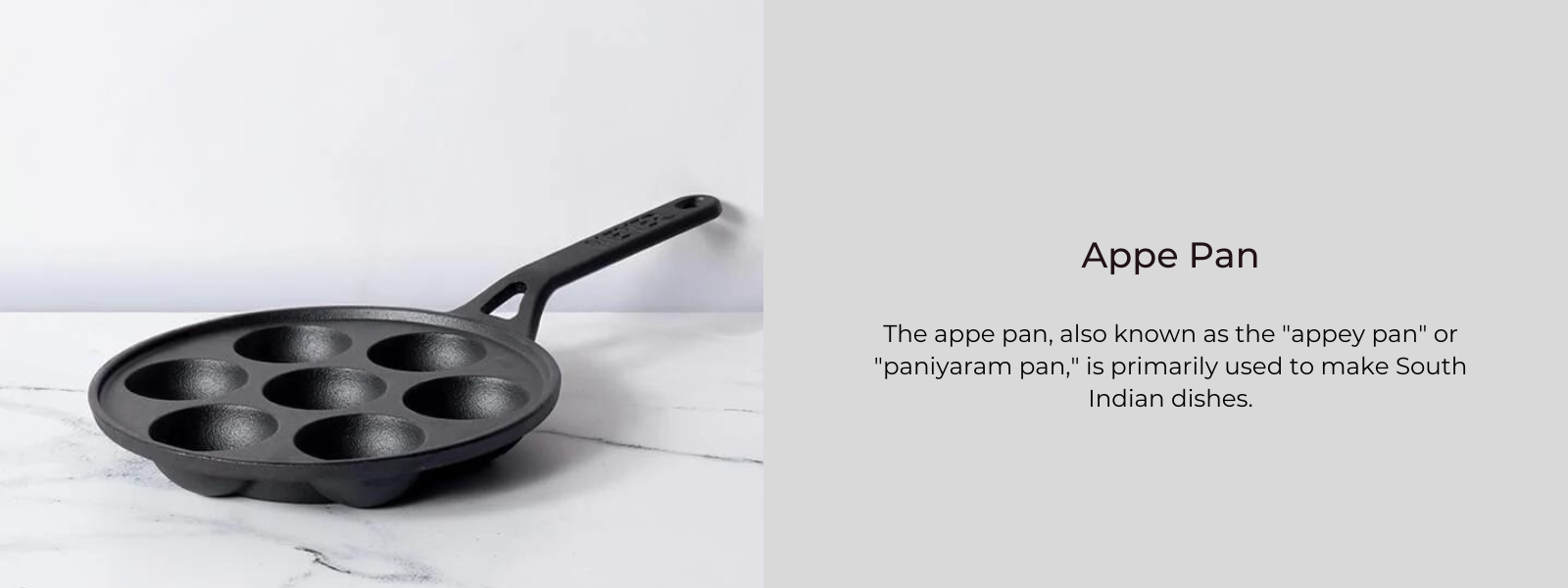
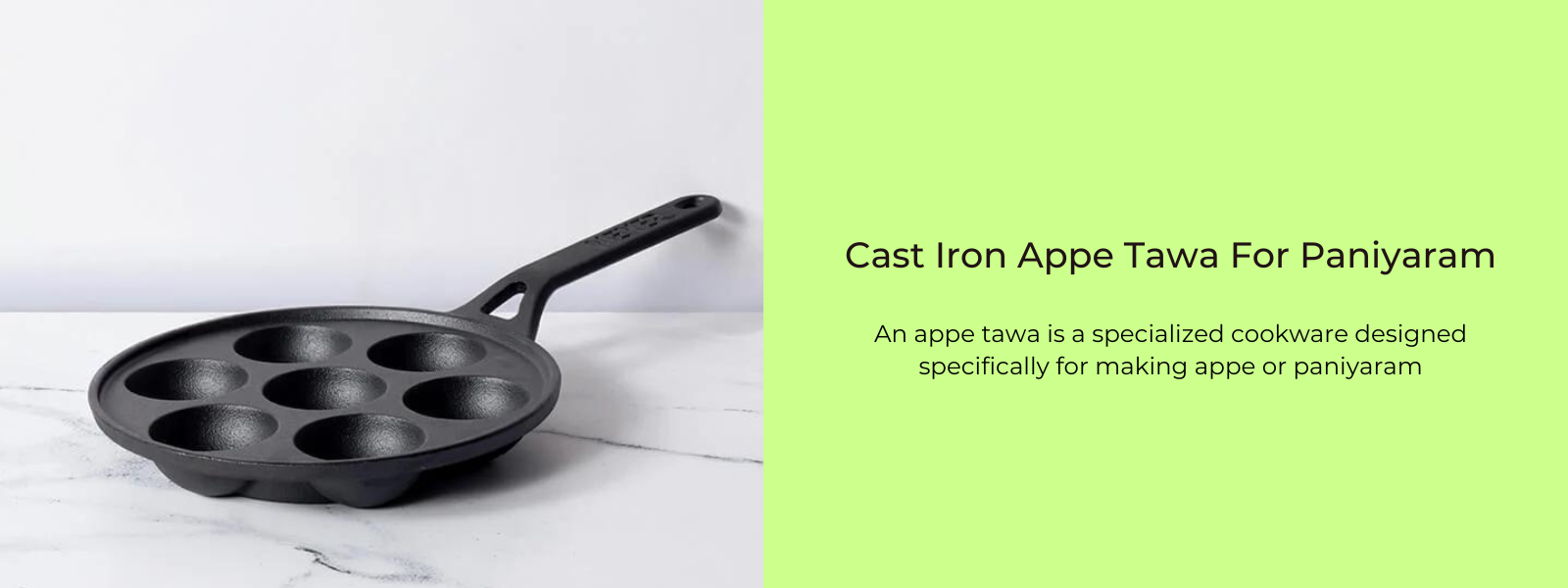
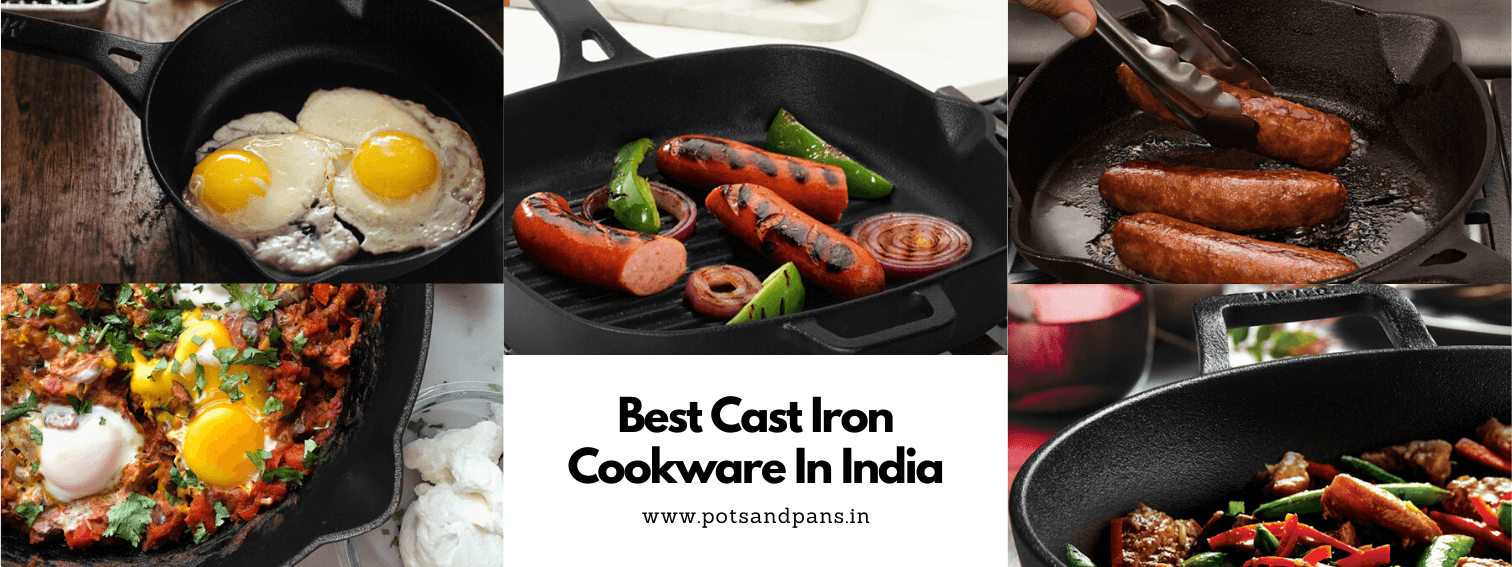
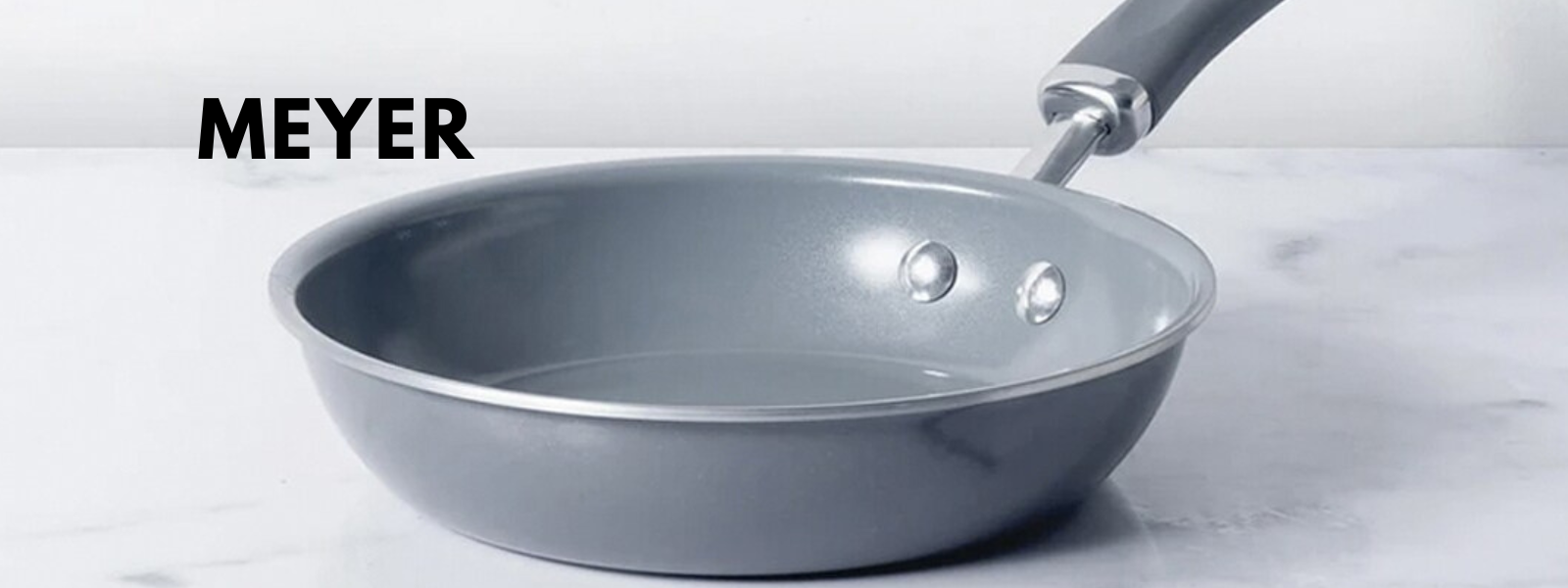

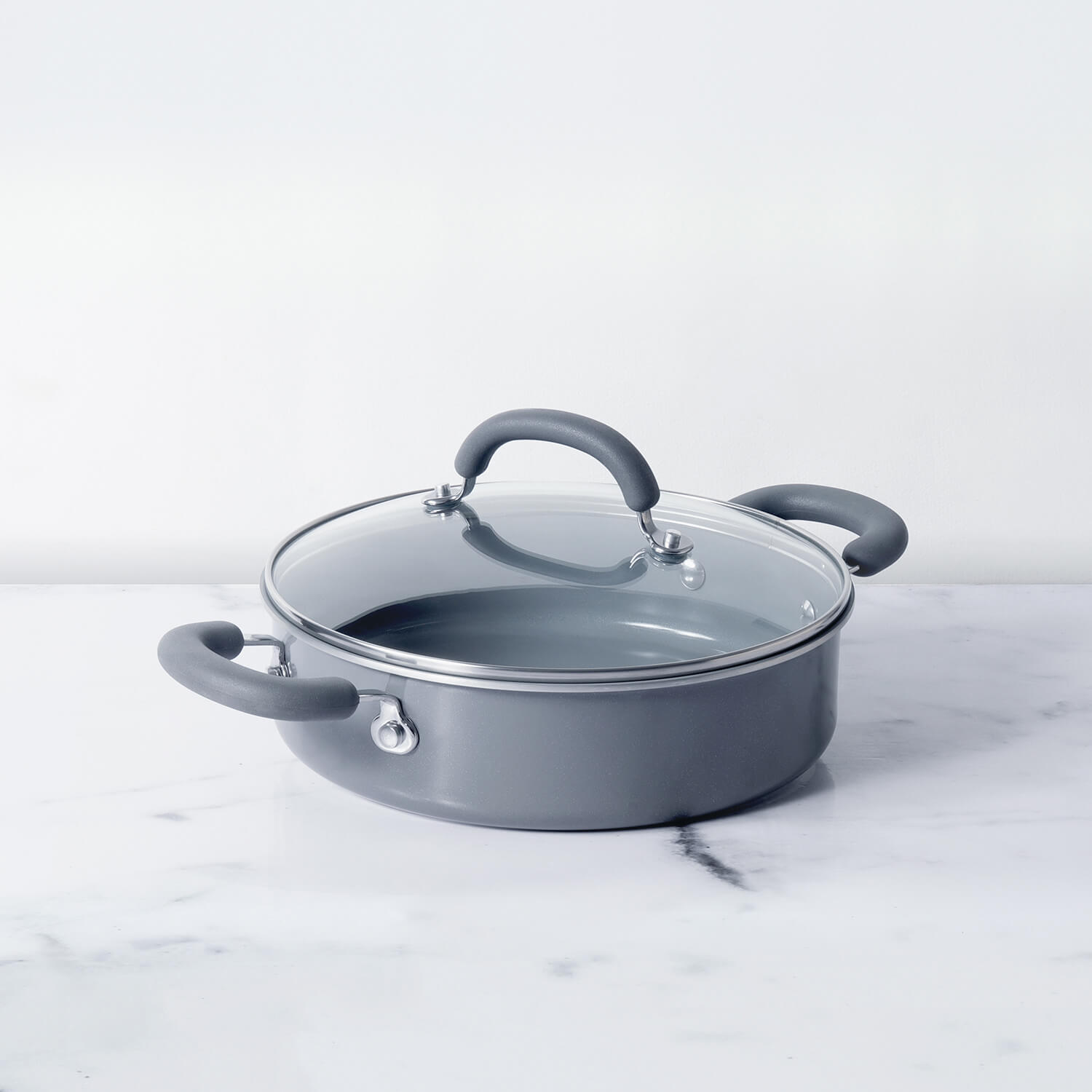
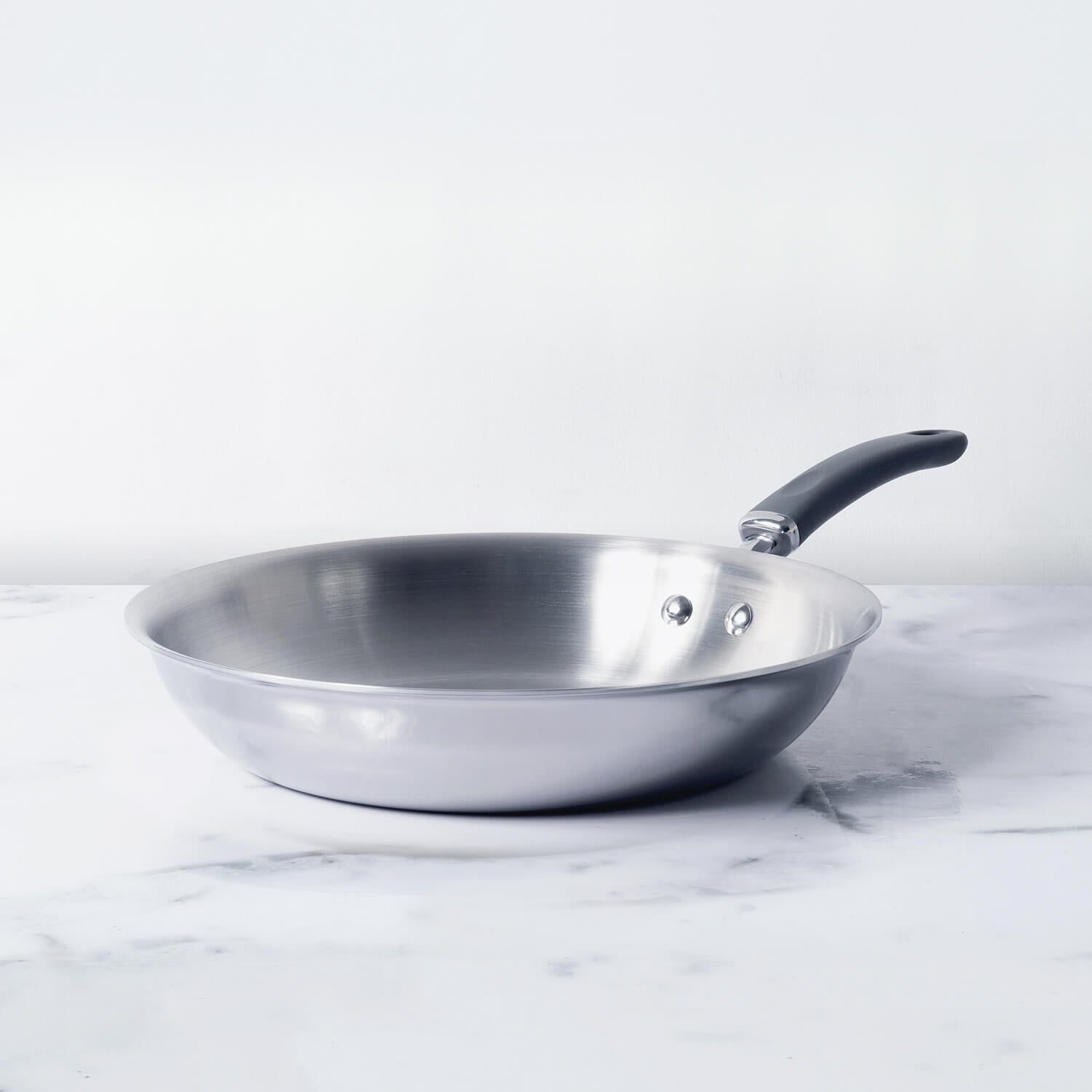




Leave a comment